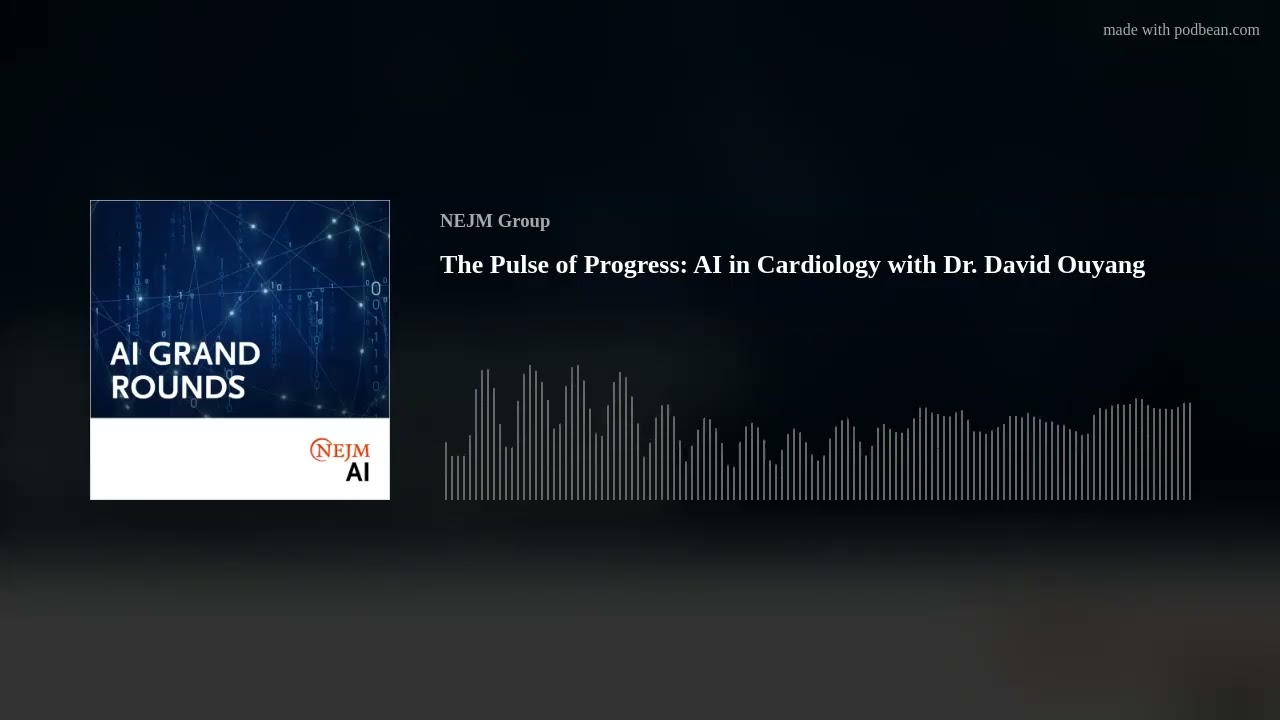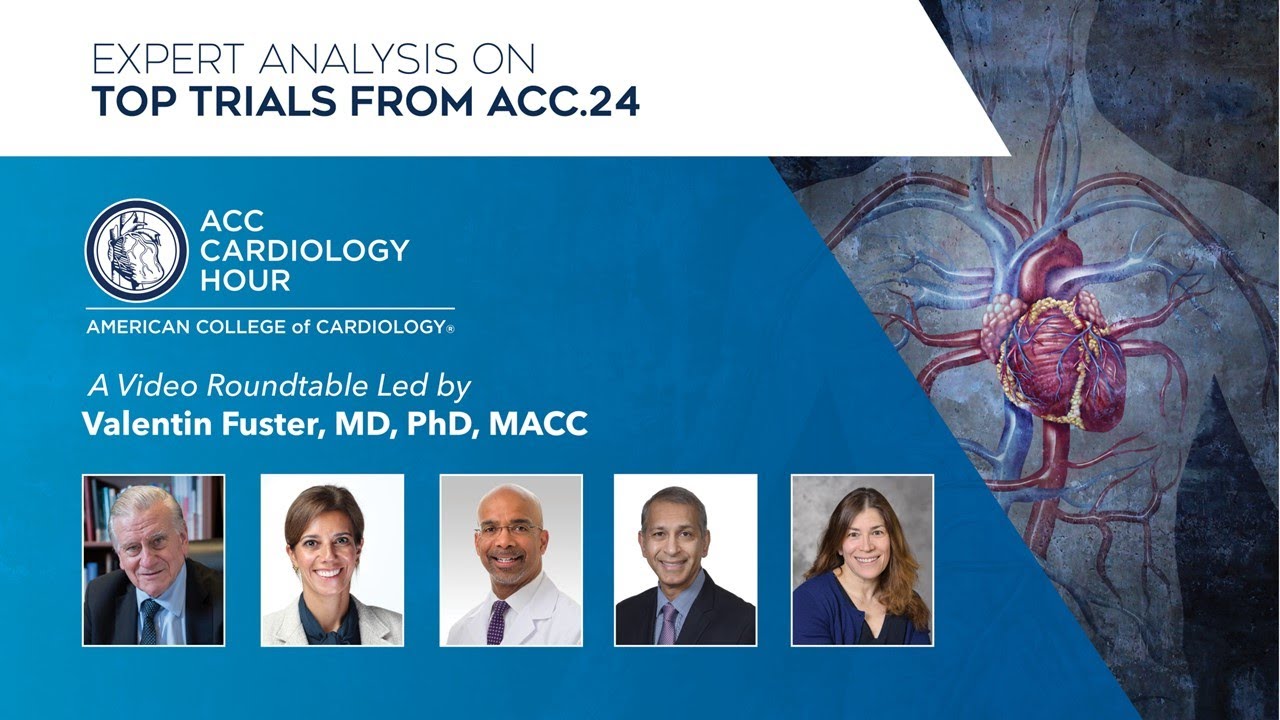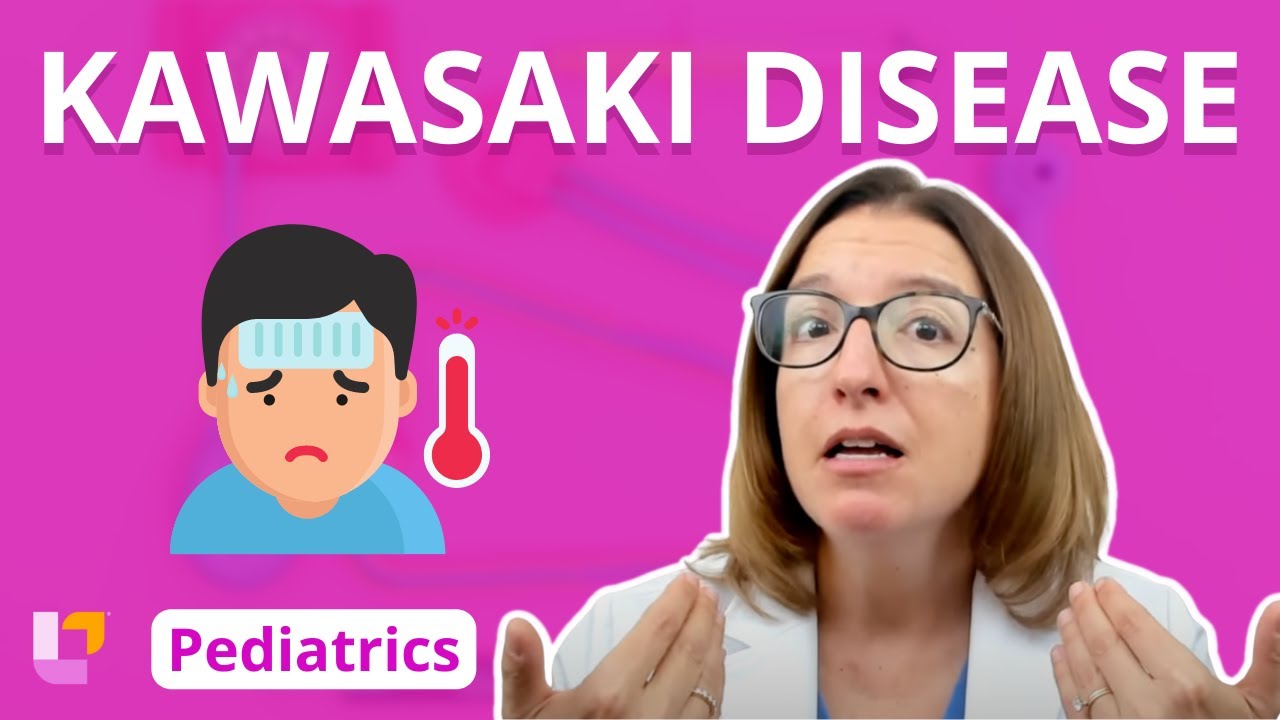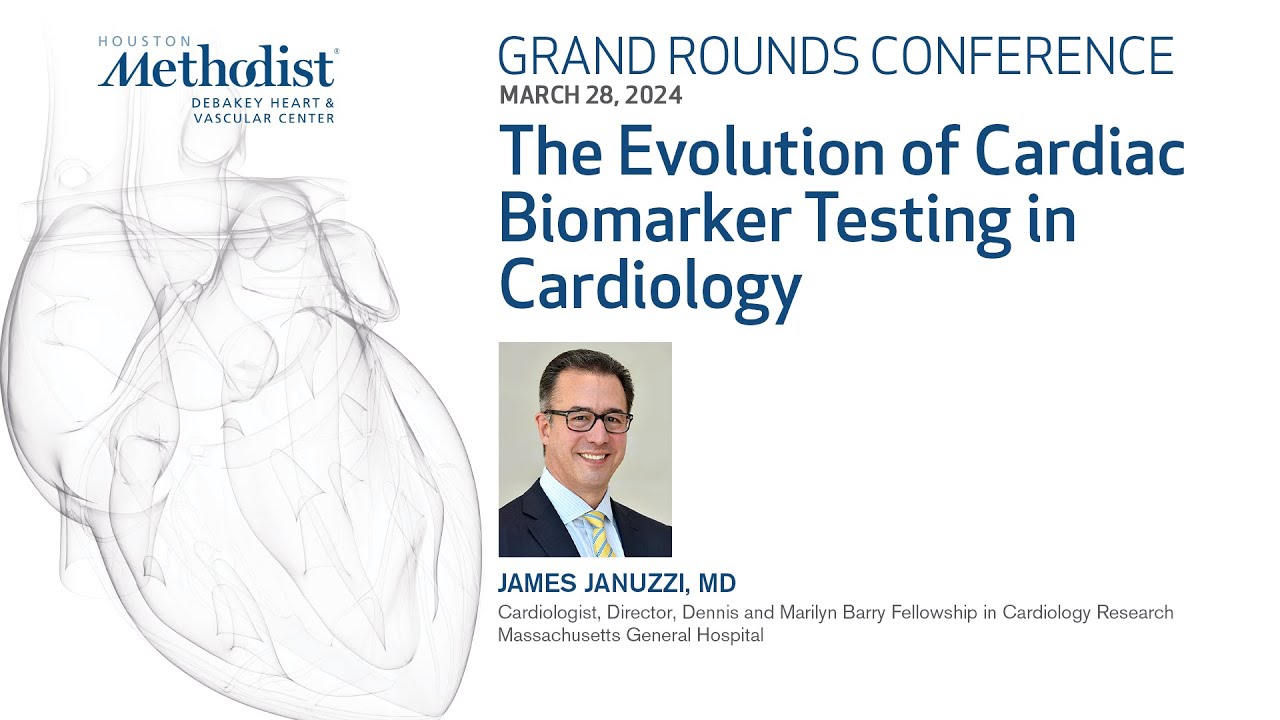ORLANDO (Reuters Health) – In a head-to-head comparison, extended-release niacin outperformed ezetimibe in shrinking carotid intima-media thickness in patients who were already taking statins, raising yet another red flag over ezetimibe, which has been shown before to have little or no effect on atherosclerosis.
In fact, niacin – Abbott’s Niaspan — was so much more effective than ezetimibe – Merck’s Zetia — that the investigators stopped the trial after the primary outcome measure – the change in mean common carotid intima-media thickness from baseline to 14 months – had been reached in only 208 of the 363 enrolled patients.
Contributing to the unanimous decision to stop the trial was the secondary finding that beyond a certain point, reductions in LDL cholesterol with ezetimibe were significantly associated with more plaque build-up in the carotid arteries (P<0.001), rather than less.
“The results are clear,” lead investigator Dr. Allen J. Taylor told Reuters Health. “In this comparative-effectiveness study, when niacin was added to a statin, it was superior to ezetimibe and it was able to reverse artery wall build-ups. That should mean that if we follow comparative effectiveness studies in the way we practice, patients should have improved outcomes.”
The results of the ARBITER 6-HALTS trial (Arterial Biology for the Investigation of the Treatment Effects of Reducing Cholesterol 6-HDL and LDL Treatment Strategies) were presented by Dr. Taylor, from Walter Reed Army Medical Center and Medstar Research Institute in Washington, DC, at the American Heart Association Scientific Sessions 2009 this weekend and simultaneously published online in the New England Journal of Medicine.
The open-label study randomized patients with LDL cholesterol under 100 mg/dL and HDL cholesterol under 50 mg/dL for men and 55 mg/dL for women to receive extended-release niacin 2000 mg per day to raise their HDL cholesterol, or ezetimibe 10 mg per day to further lower their LDL cholesterol.
Over the 14 month study period, the mean HDL cholesterol level in the niacin group increased by 18.4%, to 50 mg/dL, and the mean LDL cholesterol level in the ezetimibe group decreased by 19.2%, to 66 mg/dL (p<0.001).
In addition, niacin significantly reduced LDL cholesterol and triglyceride levels. Ezetimibe reduced triglycerides as well, but it also brought down HDL cholesterol levels, Dr. Taylor reported.
Compared with ezetimibe, niacin was superior in reducing mean carotid intima-media thickness (p = 0.003), and produced a significant reduction of both mean and maximal carotid intima-media thickness (p < 0.001 for both).
The niacin group also had a lower incidence of major cardiovascular events than the ezetimibe group (1% vs 5%, p = 0.04).
Paradoxically, however, the ezetimibe group showed a significant inverse relationship between changes in LDL cholesterol and carotid intima-media thickness.
“Even though we commonly think that the further the LDL cholesterol goes down, the better it should be for patients, in this instance, it actually went in the opposite direction,” Dr. Taylor commented.
This “somewhat unexpected” finding should be used to generate further research, he added.
“If the drug is working as expected, this should not be the case. But the finding needs to be confirmed, and it needs to lead to research questions.”
In the meantime, the main take away message from ARBITER 6-HALTS for doctors and their patients is that a niacin approach would be a better approach than taking ezetimibe, he said.
“If you are a doctor and you are faced with a patient on a statin, or if you are a patient and you are taking a statin and your LDL is already well controlled, but you are one of the many millions of patients in this country who have low HDL cholesterol, a niacin approach would be a better approach than taking ezetimibe in addition to the statin.”
This is not the first major trial in which ezetimibe failed to enhance a statin’s effect on carotid artery intima-media wall thickness. The ENHANCE trial (Ezetimibe and Simvastatin in Hypercholesterolemia Enhances Atherogenesis Regression), published in the New England Journal of Medicine in 2008, showed similar findings with ezetimibe added to simvastatin. At that time, Dr. Taylor, along with Dr. B. Greg Brown of the University of Washington in Seattle, wrote in an editorial. “For now, the study’s findings are a red flag but not a black box.”
Two editorials that accompany the ARBITER 6-HALTS paper both complain that the study’s premature termination and limited follow-up make it impossible to conclusively declare that niacin is the agent of choice.
In one of the editorials, however, Dr. Roger S. Blumenthal and Dr. Erin D. Michos from the Johns Hopkins University in Baltimore, Maryland write, “For now, we would support the use of niacin as the preferred adjunctive agent…with the maximal dose of a potent statin” in patients with established heart disease and low HDL cholesterol levels.
ARBITER 6-HALTS was supported by Abbott, which markets extended-release niacin as Niaspan. Dr. Taylor receives lecture fees from Abbott.
Reference:
N Engl J Med 2009.






